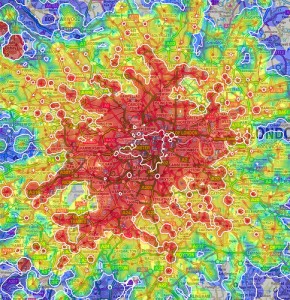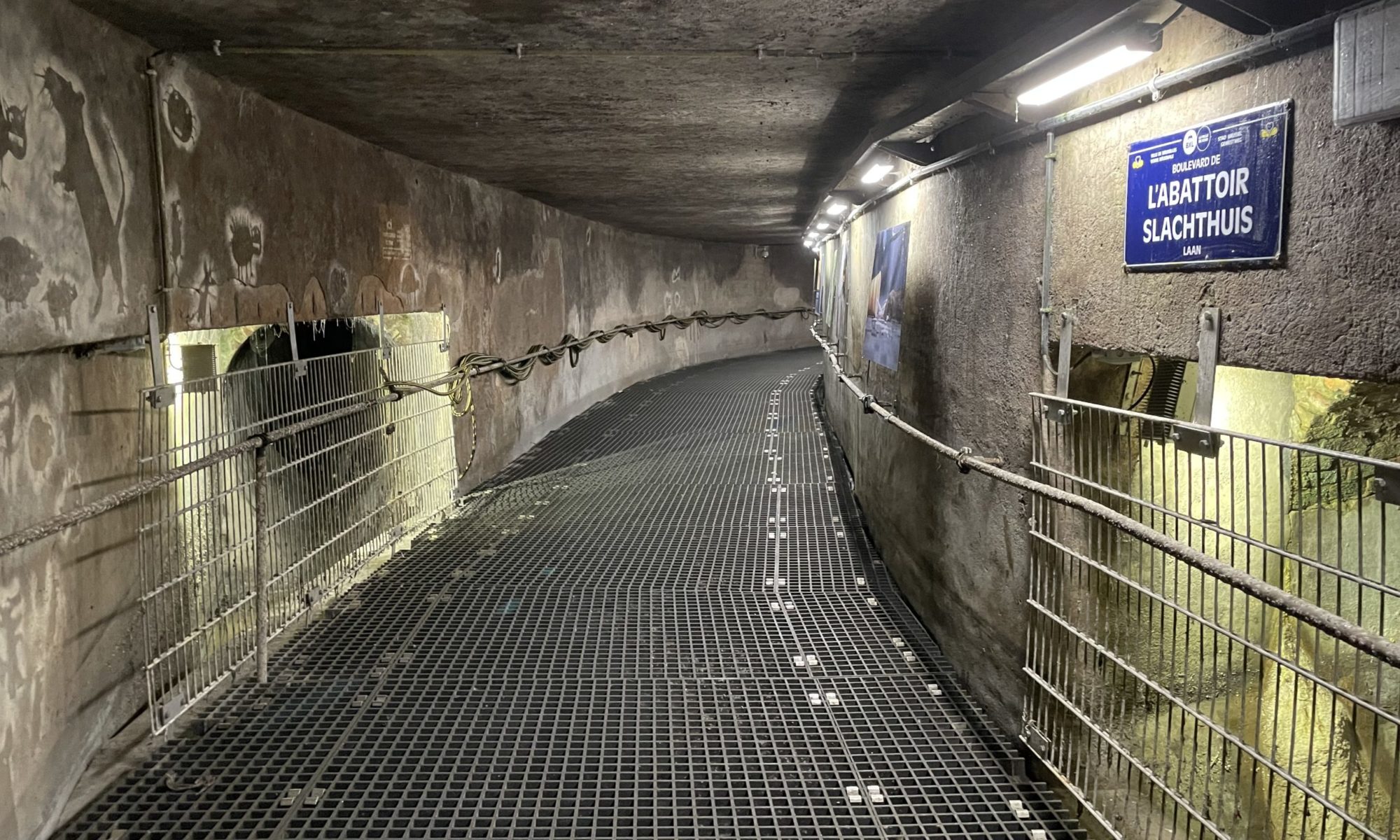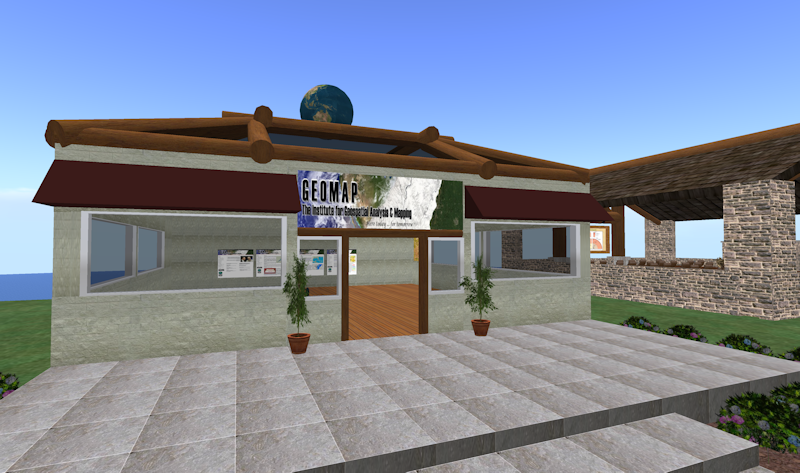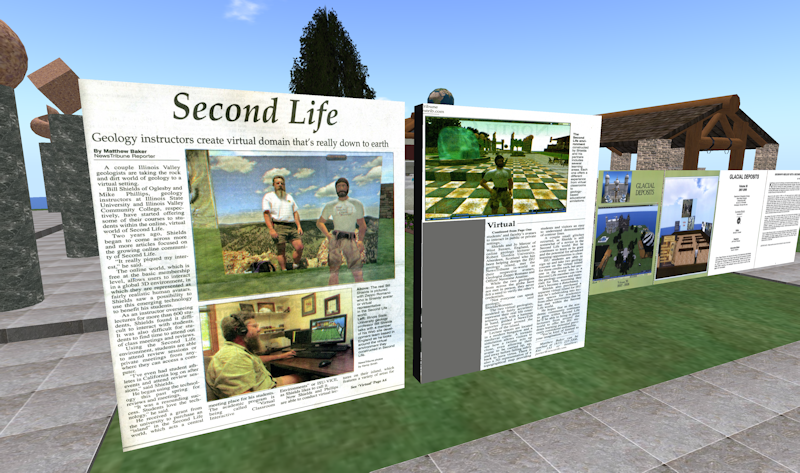Introduction
I started building a GIS for my last employer in 1993. Because it was a part-time endeavor, we did not even get close to what I consider a full implementation by 2009. But I can say we at least had a GIS with some geo-referenced, verified data that could be used by all departments in the city.
Through it all I gained a good, first-hand knowledge of the challenges faced by each community undertaking this journey. So for some time I have wanted to share with you some down-to-earth insights and ideas. If you are an experienced GIS user, I would be very interested in hearing how your ideas or experience compares to mine and in having you share your insights. And if you are just beginning, I hope this helps to encourage you to begin and offers some basic guidance.
A Little GIS History
 Even though GIS has been around for decades in one form or another, there still seems to be a general misunderstanding and an awkward handling of this technology. In government and in particular in the engineering field GIS seemed to creep up onto unsuspecting drafting personnel. Just as they were getting used to making the transition from drawing with pen and paper to CAD, this new beast called GIS emerged.
Even though GIS has been around for decades in one form or another, there still seems to be a general misunderstanding and an awkward handling of this technology. In government and in particular in the engineering field GIS seemed to creep up onto unsuspecting drafting personnel. Just as they were getting used to making the transition from drawing with pen and paper to CAD, this new beast called GIS emerged.
 Moving to CAD had really only required the need to learn a new set of tools. And while this did have somewhat of a learning curve, at least the process and product was familiar. The information brought in by the survey crew remained the same: points, elevations, etc. The drawing format remained the same using the typical plan and profile format. Even maps were produced in the same style and format.
Moving to CAD had really only required the need to learn a new set of tools. And while this did have somewhat of a learning curve, at least the process and product was familiar. The information brought in by the survey crew remained the same: points, elevations, etc. The drawing format remained the same using the typical plan and profile format. Even maps were produced in the same style and format.
GIS on the other hand at first seemed to be from the realm of the planning department with initial uses focusing on zoning, corporate boundaries, land use, and parcel information. Perhaps this is why in many agencies GIS emerged from planning and has even remained under this department’s oversight.
So even though mapping seemed to always be grounded firmly in engineering, staff in some engineering departments did not initially embrace this new method of cranking out maps. A general lack of knowledge and awareness about GIS coupled with the need to learn yet another tool and the added challenge of changing an approach to how information is collected, presented, and maintained created too big of a leap.
However some engineering departments successfully made this transition because they realized early on the benefit of using this technology instead of CAD to represent utility information for water, sewer, electric, etc. And by now most engineering departments share this approach. But, the distinct difference in the drawing styles, delivery, and philosophy behind CAD and GIS remains, and this is where I believe the awkward handling of GIS in an organization begins.
This confusion and misunderstanding affects where GIS is located within an organization. While the engineering department has traditionally been the government office charged with map production, a quick survey of where GIS hangs its hat in each agency will reveal a variety of locations including engineering, planning, community development, IT, emergency response, police, fire, and even in a department completely on its own.
Another aspect of all this is the wide variety of GIS implementation between agencies across the U.S. Some are GIS rich with a wide range of data all geo-referenced, verified, and available to the public while others are GIS poor with little to even no GIS data available, collected, or offered. And there are many that would fit anywhere in between these two extremes.
 Why is this important to all of us? The awkward organization of GIS within an agency and the wide disparity of implementation? Because the world is fast moving beyond CAD and GIS into the next phase of information management. Those who haven’t figured GIS out or even worse, those who haven’t even begun are going to fall further behind. This difference in knowledge handling can be compared to one community having all dirt roads and another having interstate highways. And just as road conditions can affect growth and economic development so can the state of a community’s knowledge base.
Why is this important to all of us? The awkward organization of GIS within an agency and the wide disparity of implementation? Because the world is fast moving beyond CAD and GIS into the next phase of information management. Those who haven’t figured GIS out or even worse, those who haven’t even begun are going to fall further behind. This difference in knowledge handling can be compared to one community having all dirt roads and another having interstate highways. And just as road conditions can affect growth and economic development so can the state of a community’s knowledge base.
Look for the next in this series: Starting to Build a Local Government GIS






